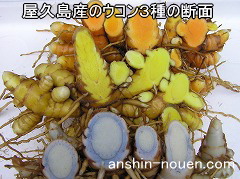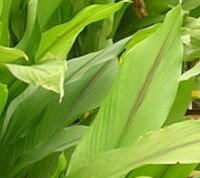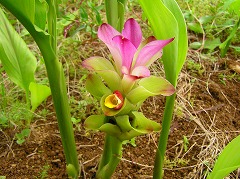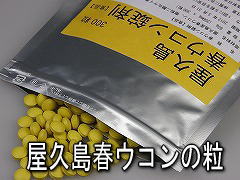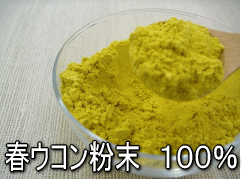About Turmeric
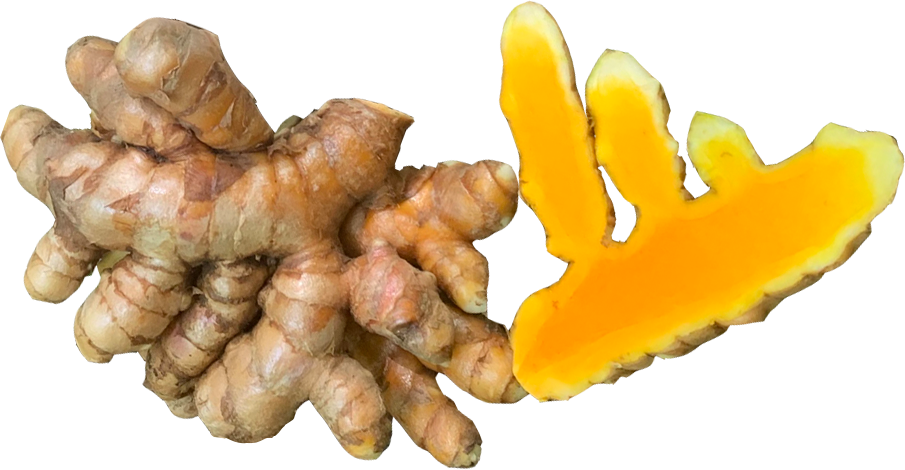 Turmeric is an herbacious perennial in the ginger family, Zingiberaceae.
Turmeric is an herbacious perennial in the ginger family, Zingiberaceae.
It maintains and underground stem (rhizome) that continues to grow from year to year, but aboveground its leaves only last for one season; emerging in spring and dying-back in early winter.
The most common type of turmeric today is a plant formally known as Curcuma longa. It has an orange color and is a cornerstone of Indian cuisine. The global popularty of C. longa has surged in recent years as its potential health benfits are touted by everyone from farmers to clinicians.
However, turmeric is a name that can refer to any of the members of the Curcuma genus.
Roughly 120 different species of turmeric have been discovered, described and named. They grow in a great diversity of habitiats throughout tropical and subtropical Asia. (4)
Among these species, there is tremendous diversity of character, color, chemical and nutrient composition, etc.
Cumulatively, more than 400 chemical compounds have been identified and isolated from the various Curcuma species!
Curcumas have traditions of use over a vast area, across national and cultural boundries.
Their use is common in Japanese Kampo, Traditional Chinese Medicine, Ayurveda, Jamu and Islamic Traditional Medicine.
They are credited with a great variety of actions, including wound healing, anti-arthritic, anti-tumor, liver protective activities and much more (1).
Contemporary research into the efficacy of curcuma species is far more common in Asia than in the west.ern hemisphere. Results of preliminary studies have shown incredible potential for the medical application of curcumas in the modern world.
We hope that researchers around the world will be enabled to challenge and potentially reproduce these results.
Turmeric in Japan
Turmeric (Curcuma longa)、Wild Turmeric (C. aromatica)、Zedoary (C. zedoaria)are commonly grown in southern Japan.
More recently, C. zanthorhizza and C. caesia have also been introduced.
|
Curcumin is present in all of these species, but
C. longa
C. aromatica
C. zedaria |
Also Known As....
Turmeric has the Latin name Curcuma longa. In Japan it is known as aki-ukon,
In Maylay it is called Kunyit.
Wild Turmeric has the Latin name Curcuma aromatica. In Japanese it is called haru-ukon,
Zedoary has the Latin name Curcuma zedoaria. It is also know as white turmeric. In Japan it is called gajutsu.
In Maylay it is called Kunyit Putih.
Fragrance and Flavor
Turmeric is the mildest of the curcuma genus. Zedoary is more pungent and Wild Turmeric is the most intense.
Turmeric is the best known, used in cuisine wordwide for its vivid color and flavor.
About Zedoary
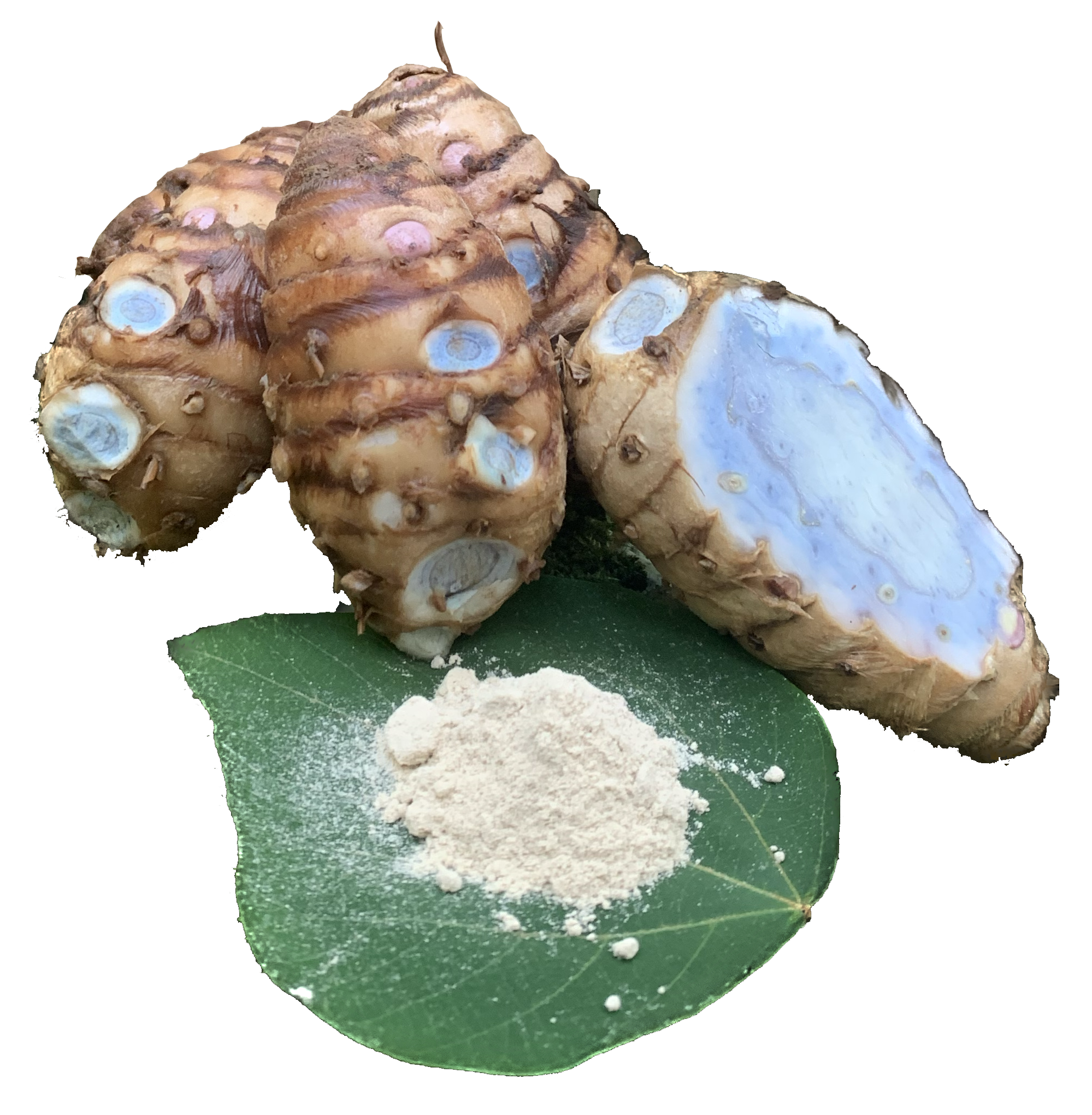
Zedoary is a perrenial herb in the Ginger family (Zingiberaceae).
Its Latin name is Curcuma zedoaria Roscoe.
It has high concentrations of the volatile oils cineole, camphor, azulene, curzerene, epicurzerene etc.
Also present in smaller amounts are a wide array of other compounds.
Zedoary has rich traditions of use as a medicine thruout Asia.
Merriam Webster Dictionary highlights zedoary's medicinal role as an intestinal stimulant and carminative.
“Various parts of this plant are used in Ayurveda and other folk medicines for the treatment of different ailments such as diarrhoea, cancer, flatulence and dyspepsia” (2)
Zedoary's potential is not limited to food and medicine. It is also being tested for use in green packaging, mixed with chitosan! (3)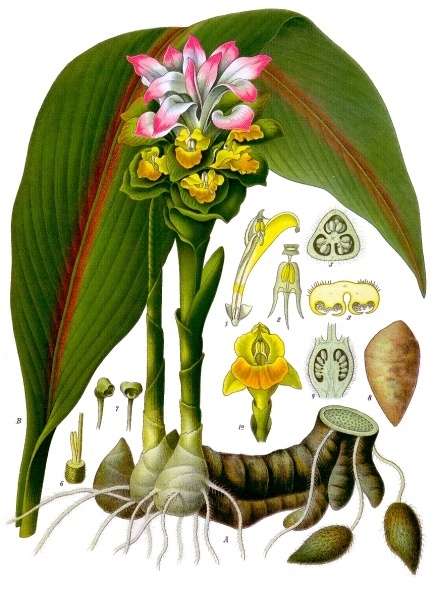
(Above Illustration: Franz Eugen Kohler, Kohler's Medizinal-Pflanzen, 1887)
In Yakushima, zedoary has a long history as the primary export crop.
Zedoary likely evolved in the Indian Himalaya.
It is easily cultivated in tropical and subtropical envirmonments.
Some sources claim that zedoary was introduced to Japan in the 18th century, but there is also evidence that the plant was known locally long before that time.
Japanese research has found genetic differences beween the zedoary in Yakushima and that grown in China and Taiwan.
These findings encourage the theory that zedoary has been growing in Yakushima and adapting to the local climate since ancient times.
Turmeric Flower
|
|
|
|
|
|
Nutrient Analysis of 4 Yakushima-grown Curcuma Species
| Nutrient
Content per 100g |
C. aromatica | C. longa | C. zedoaria | C. zanthorrhiza | |
| Moisture (g) | 4.7 | 7.8 | 8.1 | 5.5 | |
| Protein (g) | 11.9 | 10.4 | 11.3 | 12.6 | |
| Total Fat (g) | 7.1 | 6.2 | 3.6 | 14.8 | |
| Ash (g) | 8.6 | 6.2 | 4.2 | 4.9 | |
| Total Sugars (g) | 50.6 | 58 | 61 | 46.2 | |
| Fiber (g) | 17.1 | 11.4 | 11.8 | 16 | |
| Calories (kcal) | 348 | 352 | 345 | 400 | |
| Sodium (mg) | 26.7 | 15.1 | 62.4 | 19.3 | |
| Phosphorus (mg) | 421 | 454 | 290 | 288 | |
| Iron (mg) | 15.4 | 3.37 | 2.34 | 2.35 | |
| Calcium (mg) | 127 | 65.8 | 116 | 114 | |
| Potassium | 3.6 | 2.51 | 1.71 | 1.87 | |
| Magnesium (mg) | 244 | 256 | 169 | 399 | |
| Zinc (mg) | 5.09 | 2.97 | 5.57 | 5.76 | |
| Curcumin | 0.045 | 0.35 | 0.0002 | 0.91 | |
| Essential Oil (ml) | 2.1 | 3 | 0.7 | 9.4 | |
| Carbohydrates (g) | 67.7 | 69.4 | 72.8 | 62.2 | |
Sources, References and Further Reading
Sources
1
Ayati Z, Ramezani M, Amiri MS, Moghadam AT, Rahimi H, Abdollahzade A, Sahebkar A, Emami SA. Ethnobotany, Phytochemistry and Traditional Uses of Curcuma spp. and Pharmacological Profile of Two Important Species (C. longa and C. zedoaria): A Review. Curr Pharm Des. 2019;25(8):871-935. doi: 10.2174/1381612825666190402163940. PMID: 30947655.
2
Lobo R, Prabhu KS, Shirwaikar A, Shirwaikar A. Curcuma zedoaria Rosc. (white turmeric): a review of its chemical, pharmacological and ethnomedicinal properties. J Pharm Pharmacol. 2009 Jan;61(1):13-21. doi: 10.1211/jpp/61.01.0003. PMID: 19126292.
3
Hiremani VD, Khanapure S, Gasti T, Goudar N, Vootla SK, Masti SP, Malabadi RB, Mudigoudra BS, Chougale RB. Preparation and physicochemical assessment of bioactive films based on chitosan and starchy powder of white turmeric rhizomes (Curcuma Zedoaria) for green packaging applications. Int J Biol Macromol. 2021 Dec 15;193(Pt B):2192-2201. doi: 10.1016/j.ijbiomac.2021.11.050. Epub 2021 Nov 13. PMID: 34785196.
4
Liu, Q., Zhu, S., Hayashi, S. et al. Discrimination of Curcuma species from Asia using intron length polymorphism markers in genes encoding diketide-CoA synthase and curcumin synthase. J Nat Med 76, 69?86 (2022). https://doi.org/10.1007/s11418-021-01558-2
Further Reading
Tariq S, Imran M, Mushtaq Z, Asghar N. Phytopreventive antihypercholesterolmic and antilipidemic perspectives of zedoary (Curcuma Zedoaria Roscoe.) herbal tea. Lipids Health Dis. 2016 Feb 27;15:39. doi: 10.1186/s12944-016-0210-y. PMID: 26920896; PMCID: PMC4769493.
(A clinical trial that has indictaed potential for zedoary to treat high cholesterol and triclyceride counts)
We see great potential in the studies listed below and hope that further research will be pursued:
Hamdi OA, Anouar el H, Shilpi JA, Trabolsy ZB, Zain SB, Zakaria NS, Zulkefeli M, Weber JF, Malek SN, Rahman SN, Awang K. A Quantum Chemical and Statistical Study of Cytotoxic Activity of Compounds Isolated from Curcuma zedoaria. Int J Mol Sci. 2015 Apr 27;16(5):9450-68. doi: 10.3390/ijms16059450. PMID: 25923077; PMCID: PMC4463598.
Jung EB, Trinh TA, Lee TK, Yamabe N, Kang KS, Song JH, Choi S, Lee S, Jang TS, Kim KH, Hwang GS. Curcuzedoalide contributes to the cytotoxicity of Curcuma zedoaria rhizomes against human gastric cancer AGS cells through induction of apoptosis. J Ethnopharmacol. 2018 Mar 1;213:48-55. doi: 10.1016/j.jep.2017.10.025. Epub 2017 Nov 2. PMID: 29102767.
Lee TK, Lee D, Lee SR, Ko YJ, Sung Kang K, Chung SJ, Kim KH. Sesquiterpenes from Curcuma zedoaria rhizomes and their cytotoxicity against human gastric cancer AGS cells. Bioorg Chem. 2019 Jun;87:117-122. doi: 10.1016/j.bioorg.2019.03.015. Epub 2019 Mar 9. PMID: 30884305.

